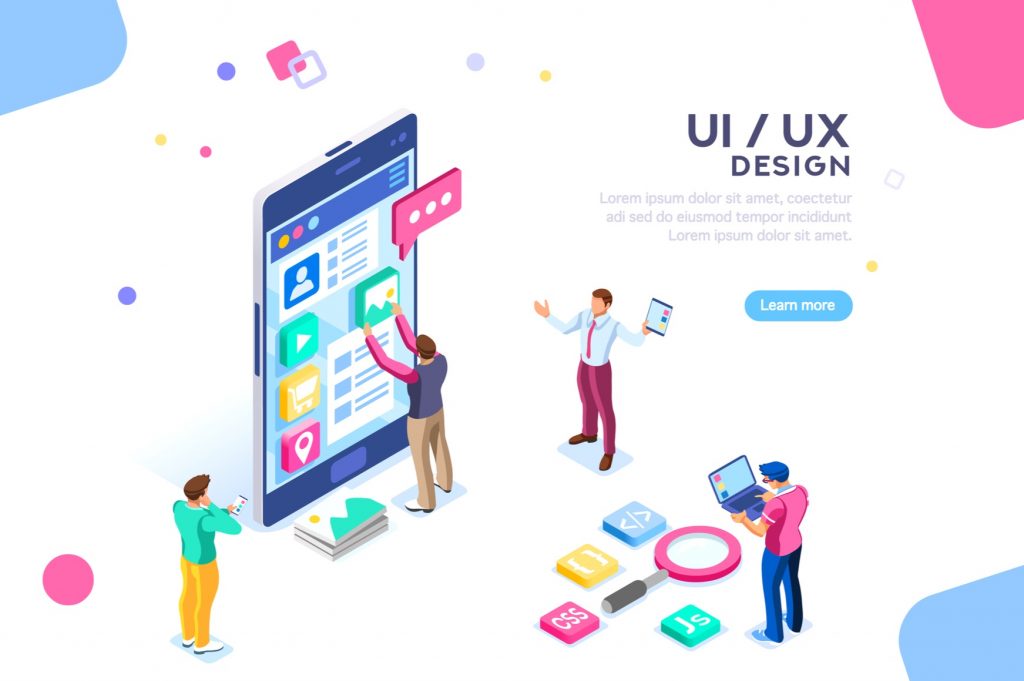Evaluating Agile UX in User-Centered Design

UX developers have widely discussed what Agile means to them, though few understand the principles behind it. Back in the day, companies relied on the waterfall development approach for testing and debugging software, which was a highly-structured process borrowed from industries in manufacturing and construction.
The Agile Manifesto prioritizes working with customers and producing functional software over documenting technical processes and negotiating contract requirements since the latter could cause lengthy delays in releasing new software.
Why Agile Delivers Results Faster than Traditional Waterfall
Agile is versatile and best suited to incremental design, which is preferable in today’s fast-paced growing tech industry. It’s also easier to adapt to change without forcing the team to devise a new plan even when the product is about to reach the final stages of testing. On the other hand, Waterfall divides progress into four stages–Discovery, Design, Development, and Test.
The difference lies in how teams are organized: The Waterfall method puts a project manager in charge of the whole team, limiting the input of other UX designers. But Agile encourages a cross-functional UX team to complete designated goals by the Scrum facilitator.
In the Agile environment, designers and developers will communicate during sprint reviews to help improve the transparency of the overall design process. By working in close proximity, UX teams are much faster at addressing technical setbacks than if they were stuck exchanging emails in an office.
How Developers Can Overcome the Disadvantages of Agile UX
However, there are a few downsides to working with Agile UX: For one, the UX designers don’t have time to consider the challenges of implementing a design. It also doesn’t factor in the challenges of remote work where a team member must be present to attend online meetings.
Fortunately, there are alternative options for UX designers: While in the middle of a sprint period, they could tackle UX problems such as how to browse a food menu or pay for a meal at a restaurant. This would be a good time to remove testing assumptions, for instance, whether a user would press a button to see more listings or decide to scroll down instead.
Of course, UX designers should still conduct user research despite the restrictions of an agile timeline: To figure out if a product works according to specifications, it would be wise to ask for user feedback before moving on to fixing all the pain points.
Moreover, the UX team must understand the expectations of a product owner alongside the technical limitations of designing certain usability functions based on that blueprint. Another suggestion would be to train team members so that everyone has a basic knowledge of HTML, CSS, Javascript, or even Bootstrap.
How does Lean UX fit into the Agile Guidelines?
The core theme of Agile UX is about a collaboration between UX designers and developers, with the objective to deliver digital solutions to end-users. Under Agile, designers have the opportunity to express their creative skills despite the practical constraints of their proposed ideas.
Lean UX focuses on the feedback side of Agile, by trying to implement user reviews earlier on in the validation process. Lean was created with the intention of shipping out the final design as soon as possible.
The Lean model is different in that designers continue to build upon what they have while they study the metrics based on what’s currently available. It effectively reduces the risk of business outcomes in case the software performs poorly on the market.
The Lean methodology allows developers to stop at any point within the data collection and consumer analysis stages, as seen among startups and their short-term product launches.
Comparing Lean and Agile Techniques
Although Lean and Agile UX are used interchangeably, they still yield different outcomes. While Agile applies the finishing touches to a product, Lean will release several competing prototypes for testing before one is finally selected. In many ways, Lean replaces outdated approaches to user research and quality testing measures, valuing the creativity of designers and the input of users.
There is a clear trend in that both Agile and Lean UX are fixated on user-centered designs, away from having a rigid product concept done at the beginning. Although each technique utilizes a different route of collaboration, their level of success ultimately depends on the UX team’s problem-solving skills and their ability to meet the needs of end-users.
As a result, this would support the growth of tech companies in a cost-effective manner, by embracing design trends that reflect the future of UI/UX across multiple devices.
